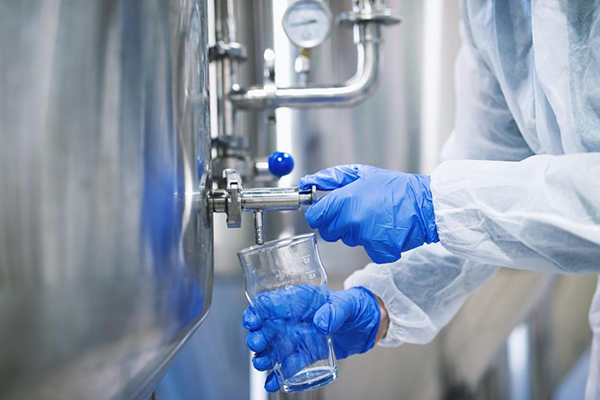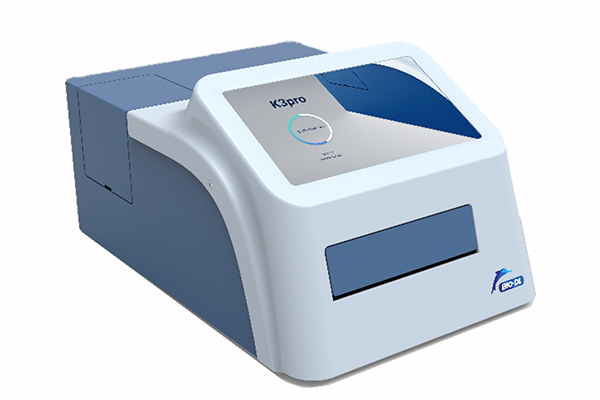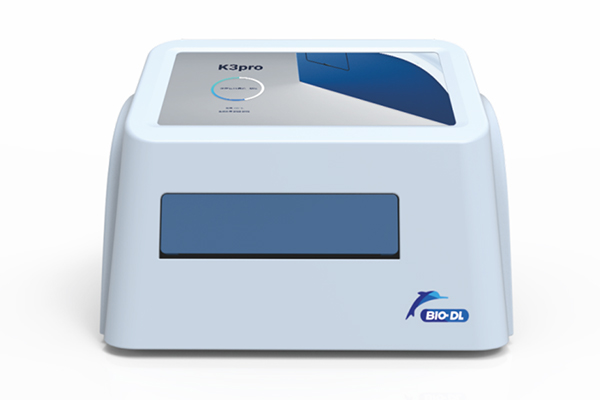
How does a modern water utility balance the need for uncompromising accuracy with the demand for rapid, high-throughput testing? The answer lies in a smart, two-pronged approach to instrumentation.
Many utilities already rely on the gold standard: Chromatography. Techniques like LC-MS/MS provide unparalleled precision in identifying and quantifying specific contaminants, such as individual microcystin variants (e.g., MC-LR, MC-RR). It is the definitive method for compliance and confirmatory analysis.
However, chromatography can be time-consuming, costly per sample, and requires specialized operators. Using it for every single sample, especially when most are likely negative, is inefficient. This is where a dedicated microplate reader becomes an indispensable partner, creating a powerful and efficient workflow.

Here’s why adding a microplate reader is a strategic upgrade:
1. Unmatched Speed for High-Volume Screening: Using ELISA kits, a microplate reader can analyze 96 samples in about the same time it takes to run a handful on a chromatograph. This allows for extensive monitoring of source water and distribution points, providing a rapid overview of water safety.
2. Cost-Effective Risk Management: By quickly screening large batches of samples, the microplate reader acts as a sentinel. It identifies the few potential "positive" samples that require further investigation, allowing you to reserve your sophisticated chromatograph for the samples that need it most. This optimizes resource allocation and reduces overall operational costs.

3. Enhanced Emergency Response: During events like algal blooms, when water quality can change rapidly, the microplate reader delivers results in hours, not days. This enables faster decision-making regarding treatment adjustments and public communication.
In short, the chromatography system is your precision sniper, while the microplate reader is your rapid-response radar. They work in synergy to create a more resilient, efficient, and proactive monitoring system.
Recommended Solution: The Bio-Dl K3 Pro Microplate Reader
For water utilities seeking a reliable and high-performance tool for microcystin testing and general water quality monitoring, the Bio-Dl K3 Pro is an excellent choice. Built on decades of experience since the 1990s, Bio-Dl's expertise is embedded in every K3 Pro.

The K3 Pro is designed for accuracy and durability in demanding environments. Key advantages include:
Superior Optical System: It boasts a wide reading range (0-6.0A) and a broad linear range (0-4.0A), features often missing in competitors, ensuring reliable results across various assay concentrations.
Built-in Incubator: Unlike many models where it's an expensive add-on, the K3 Pro comes standard with a built-in incubator, providing consistent temperature control for your ELISA assays.

User-Friendly 10-inch Touchscreen: The large, intuitive interface simplifies operation, streamlining your workflow.
When compared to the Thermo Scientific Multiskan FC, the K3 Pro offers a compelling competitive advantage: it includes a standard incubator, a larger touchscreen, and a more accessible price point, making it the smarter investment for dedicated water quality monitoring.
Empower your lab: Work smarter, not just harder. The Bio-Dl K3 Pro is the efficient sentinel your water safety strategy deserves.